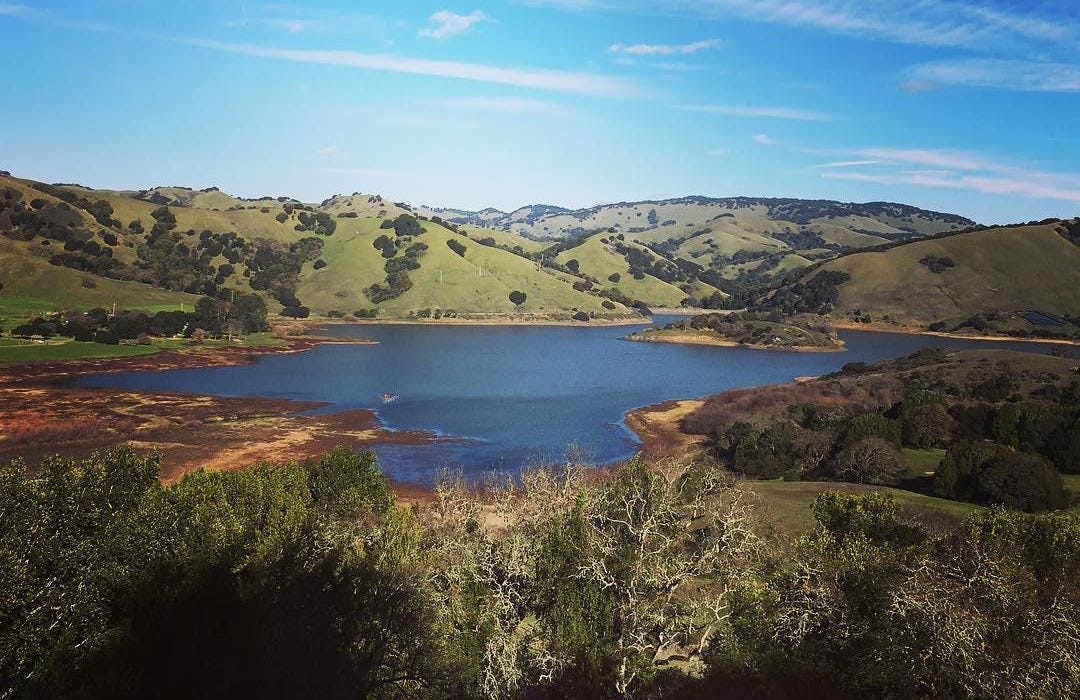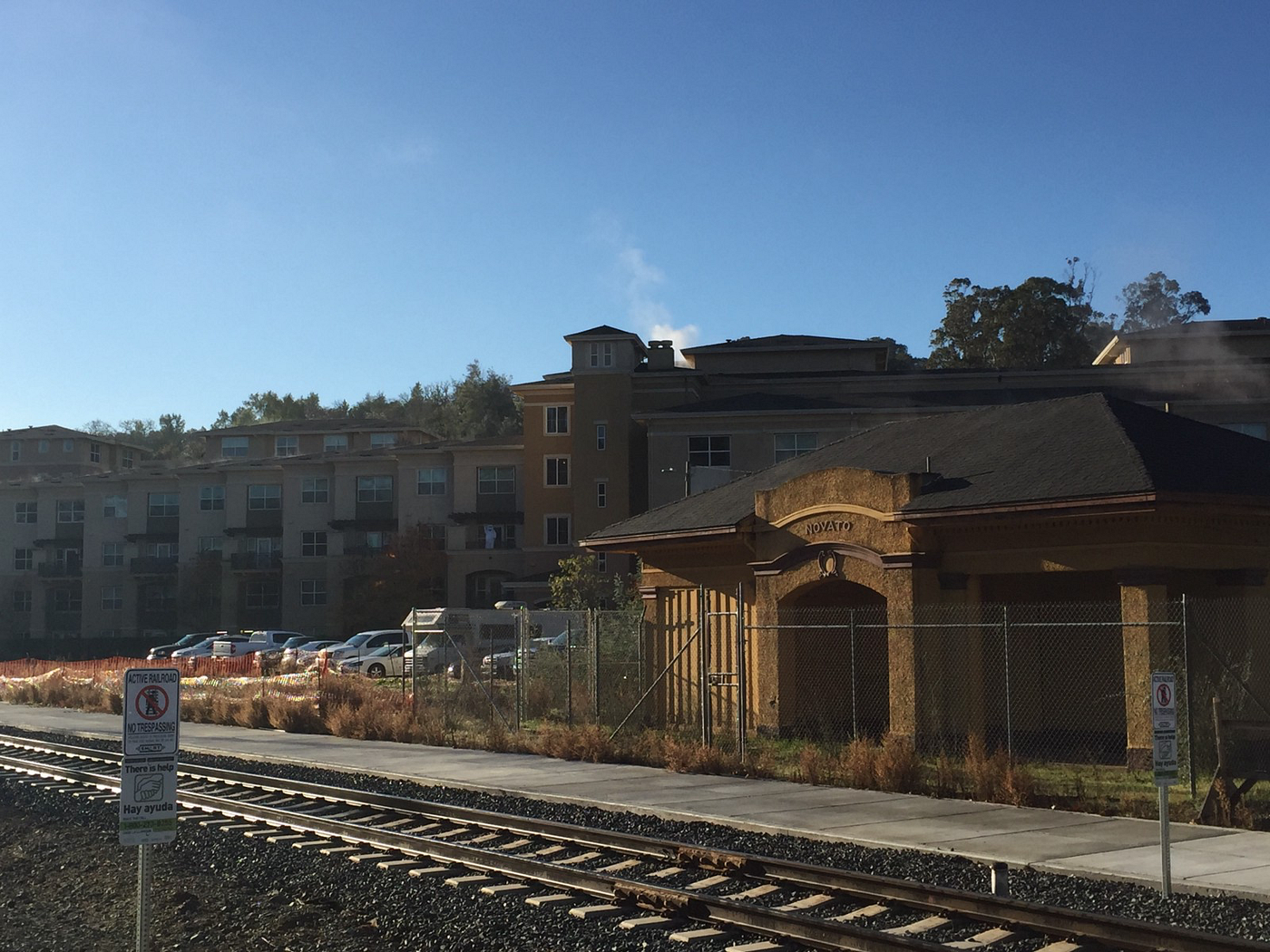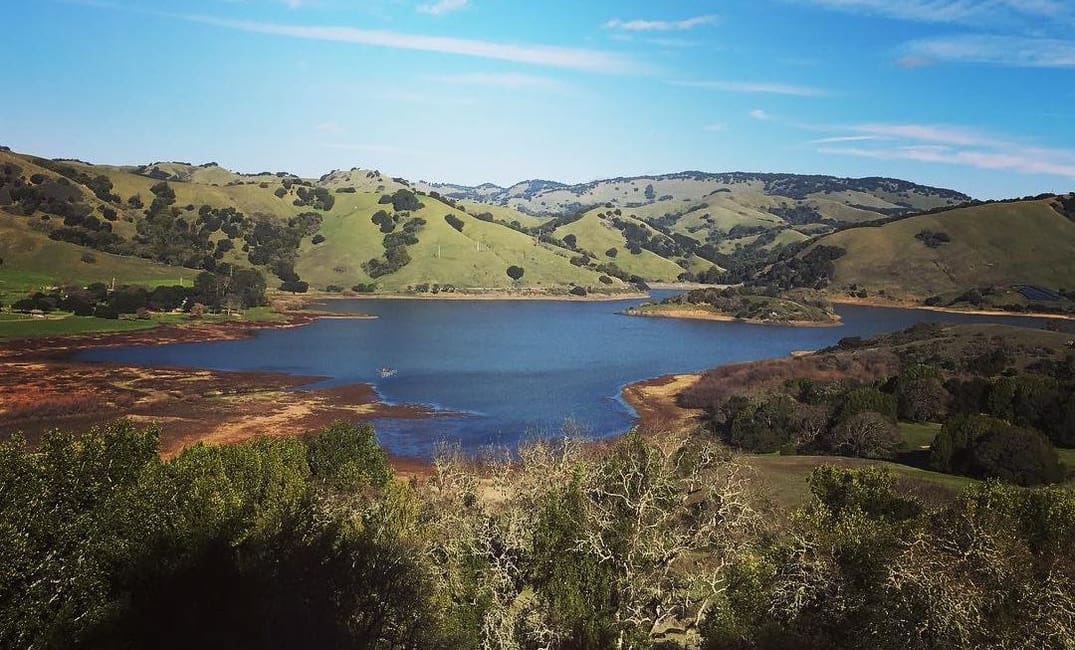
The North Bay tends to fly under the radar in most discussions about tech and the ever-rising costs of living in the Bay Area. But there’s a lot of change going on in Marin — and not everyone, as you’d expect, is a fan of it.
Take Novato, a town just north of San Rafael, where I lived for 21 years. Despite being a city of nearly 56,000 people, it has a look and self-image that have always been very much small town. However, that may be quickly shifting. I’m constantly fielding questions from people who are curious about the feasibility of moving to northern Marin, especially young workers packed into apartments in SF. The commute is unappealing, yes. But a tight-knit community completely surrounded by open space where you can still buy a detached home for under $1 million? That sounds intriguing to a lot of people.
The trend isn’t new; tech workers have been catching on to Novato’s appeal for a while now, given that it’s still somewhat affordable; the schools are excellent; hiking trails (and nature in general) are plentiful; and Point Reyes and Tomales Bay are just a 15-minute drive through the hills and dairy farms of west Marin. The downtown area, Old Town Novato, has a decent mix of solid restaurants you’d expect to find in the Bay Area: sushi, Thai, Indian and Mexican, as well as wine bars and beer joints.
The attractive mix of rural and urban has been catching the attention of Bay Area businesses, too, that don’t want to pay SF’s exorbitant commercial real estate prices. Gaming companies, start-ups and — for some reason — especially biotech firms are taking over much of the office space and light-industrial buildings around the area, including in Petaluma and San Rafael.
This clash is one taking place throughout the North Bay, and Novato is just one example of a place where these larger forces are at work.
The SMART train, which began service between Sonoma County and downtown San Rafael in 2017, made commutes within the North Bay easier and shorter for many. That added to the perception among locals that the balance between the old and the new is shifting.
Not surprisingly, these urbanizing trends and Novato’s population growth — up around 20 percent since 1990 — are bringing changes that are only likely to accelerate. In recent years, development pressures have sharpened tensions between longtime residents and newer arrivals. Older Novatans, who remember riding their horses through town when Redwood Boulevard was still highway 101, regard the YIMBY (“Yes in My Backyard”) attitude—the favoring of dense housing as a solution to rising rent — as unwelcome.
This clash is one taking place throughout the North Bay, and Novato is just one example of a place where these larger forces are at work.

The debate in Novato has centered on the Millworks complex, a sprawling multistory residential development that opened in 2009 in the heart of town right next to Novato’s historic train depot. Modern, six stories tall and 431,000 square feet, it landed like an invader from some faraway urban planet. Stylistically, it’s a building that would fit comfortably in San Francisco or a more developed small Bay Area city, such as Walnut Creek.
But in Novato, the building’s look and sheer bulk make it contrast sharply with the little Victorians and early-20th-century commercial buildings in the surrounding neighborhood. And it has upended much of Novato’s residential character—suburban middle-class America where families mostly live in stand-alone one- or two-story houses, with occasional condo complexes and low-rise apartment blocks offering more-affordable living situations.
Many residents wondered how the city ended up with something so out of place. Proponents had spent a lot of time touting that a Whole Foods would be on the ground floor—a strong selling point, and enough to drive the project through. But less emphasis was placed on the size (124 units on-site), which some felt city leaders weren’t up front about. The whole project became a flashpoint in discussions about future residential and commercial development in the city.
The issue really comes down to a dichotomy: limiting development to preserve the local character or embracing New Urbanism principles, such as transit-oriented development with a denser housing stock that could promote walkable neighborhoods.
“My issues and concerns with Millworks were the lack of transparency,” said longtime Novato resident and community leader Toni Shroyer. “Regardless of whether you support high-density housing, in this case, I feel like we didn’t get the truth up front.”
The clash intensified as local governments across Marin grappled with Plan Bay Area 2040, a state mandate that set goals to reduce greenhouse-gas emissions in the Bay Area’s nine counties through transportation and land-use guidelines. The plan came in response to growing calls for sustainability amid ridiculously high housing costs and lengthening commute times, and incited debates around the North Bay over the best path forward.
The issue really comes down to a dichotomy: limiting development to preserve the local character or embracing New Urbanism principles, such as transit-oriented development with a denser housing stock that could promote walkable neighborhoods.

These have been hot topics for the larger region for many years, especially in the back-and-forth discussions happening about the Plan Bay Area road map for development spurred by the Association of Bay Area Governments. But until Millworks arrived, those discussions in Novato happened entirely in the abstract.
Moving forward, proponents of denser housing see projects similar to Millworks as a logical road map for managing population growth while also preserving land for public use.
“The reason we’re able to preserve such open space in the Bay Area is because we’ve concentrated where people live into the urban areas — if you don’t do that, you end up with sprawl,” said Matthew Lewis, director of communications for the advocacy organization California YIMBY.
Providing more affordable housing in towns like Novato is very much in keeping with preserving community character, rather than threatening it. “Community character means making room for more neighbors,” Lewis said. “If you’re going to have vibrant communities, you have to have affordable housing for young families.”
Yelena Danziger, another YIMBY proponent, is raising one of those young families in neighboring San Rafael, and she agrees. She noted that she feels Marin has lost its mix of young families, middle-aged folks and elderly people. “Character is not in buildings; character is in people,” she said. “It’s also in intergenerational community. When young people can’t afford to live near their parents, and grandkids can’t live near their grandparents, you’re losing that character.”
Indeed, Marin has the oldest population of the Bay Area counties by a fairly large margin, an indicator that points to what many Marin families are facing: young-adult children can’t afford homes there, while aging residents struggle with isolation.
Another development project in Novato, Mt. Burdell Place — a cluster of 10 single-family homes not far from the train depot — might point a way forward that both YIMBYs and density opponents can agree on. Built by Habitat for Humanity, the project has been hailed by housing advocates as a good example of infill development, whereby multiple homes are constructed on a lot that previously would have housed only two or three buildings.
Whether it comes in the shape of a glossy high-rise, in-law units or higher-density single-family developments, more housing is coming to Novato and the rest of Marin. The conversation to find common ground continues, but the reality of the need for growth to accommodate an increasing population is not going away.
Hey! The Bold Italic recently launched a podcast, This Is Your Life in Silicon Valley. Check out the full season or listen to the episode below featuring Eileen Rinaldi, CEO and founder of Ritual Coffee. More coming soon, so stay tuned!







